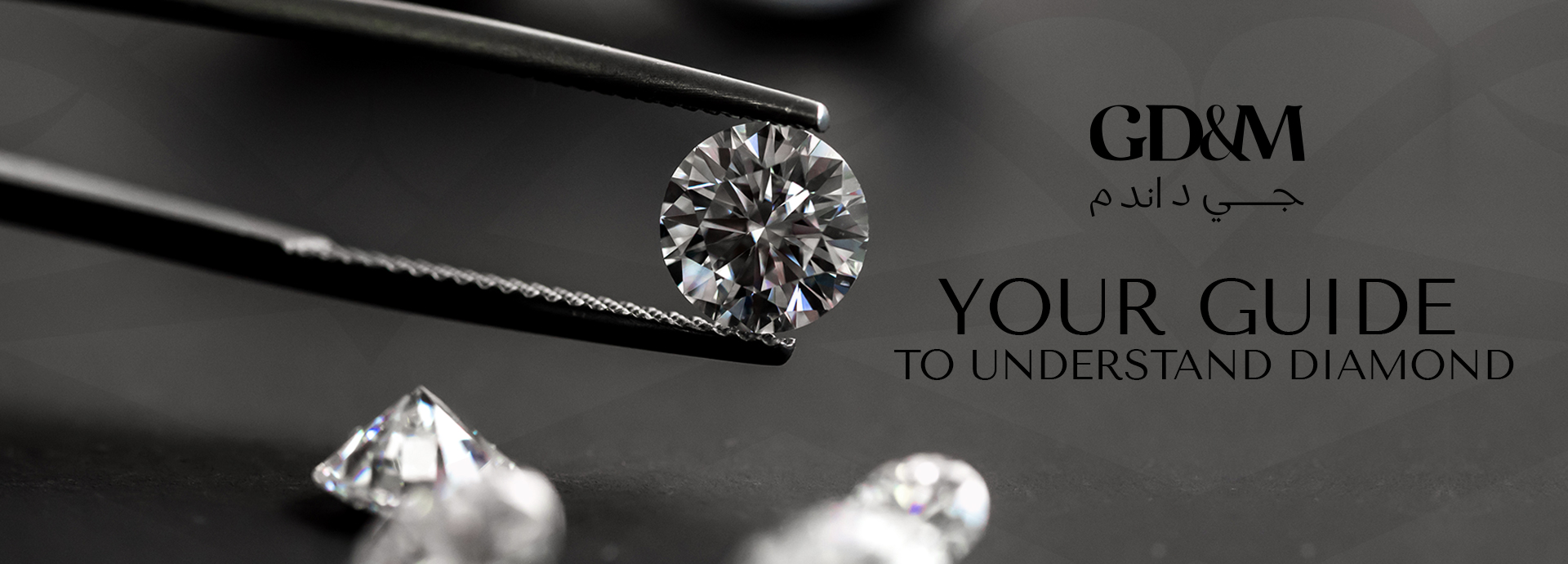Your Simple Guide for 4Cs

The 4 Cs of Diamonds: Your Simple Guide to Cut, Clarity, Color, and Carat
Understanding diamonds can feel a bit like learning a new language, but it doesn't have to be complicated. When you're looking for that perfect stone, jewelers often talk about the "4 Cs." These four key factors—Cut, Clarity, Color, and Carat—are the universal standards used to assess a diamond's quality and value. Let's break them down simply, so you can confidently choose a diamond that truly shines for you.
1. Cut: The Sparkle Maker
Often misunderstood as just the shape (like round or pear), Cut is actually the most important of the 4 Cs for a diamond's sparkle. It refers to how well a diamond's facets interact with light. A masterfully cut diamond, regardless of its shape, will reflect and refract light to create brilliant flashes (brightness), colorful bursts (fire), and shimmering patterns (scintillation). A poor cut, on the other hand, will make a diamond appear dull, even if it has perfect color and clarity. It's all about precision in angles, proportions, and symmetry that unlocks the diamond's inherent beauty.

2. Color: The Absence of Tint
When it comes to diamonds, less color usually means more value. Color
refers to the subtle tint in a white diamond. Diamonds are graded on a scale
from D (completely colorless) to Z (light yellow or brown). Truly colorless
diamonds (D, E, F) are rare and command the highest prices. However, diamonds
in the G-J range are often considered "near-colorless" and can appear
colorless once mounted, offering fantastic sparkle without the premium price
tag of a D-F stone. The slight yellow tint in these grades is usually
undetectable to the untrained eye.

3. Clarity: The Purity Story
Clarity measures the absence of imperfections, both internal (called inclusions) and external (called blemishes). Think of inclusions as tiny marks or crystals within the diamond, formed during its natural growth deep within the Earth. Blemishes are surface imperfections. The fewer and smaller these characteristics are, the higher the diamond's clarity grade. Most inclusions are microscopic and won't affect a diamond's beauty to the naked eye. Clarity is graded on a scale from Flawless (FL) to Included (I1, I2, I3). For most people, a diamond that is "eye-clean" (meaning you can't see imperfections without magnification) offers excellent value and beauty.

4. Carat: The Weight Measure
Finally, Carat refers to a diamond's weight, not its size. One carat equals 200 milligrams. Larger diamonds are rarer, so their price per carat increases significantly. It's important to remember that two diamonds of the same carat weight can appear different in size, especially if they have different cuts. For instance, a well-cut diamond might appear larger than a poorly cut one of the same carat weight because its proportions allow more of its face-up size to be visible.


Write a comment